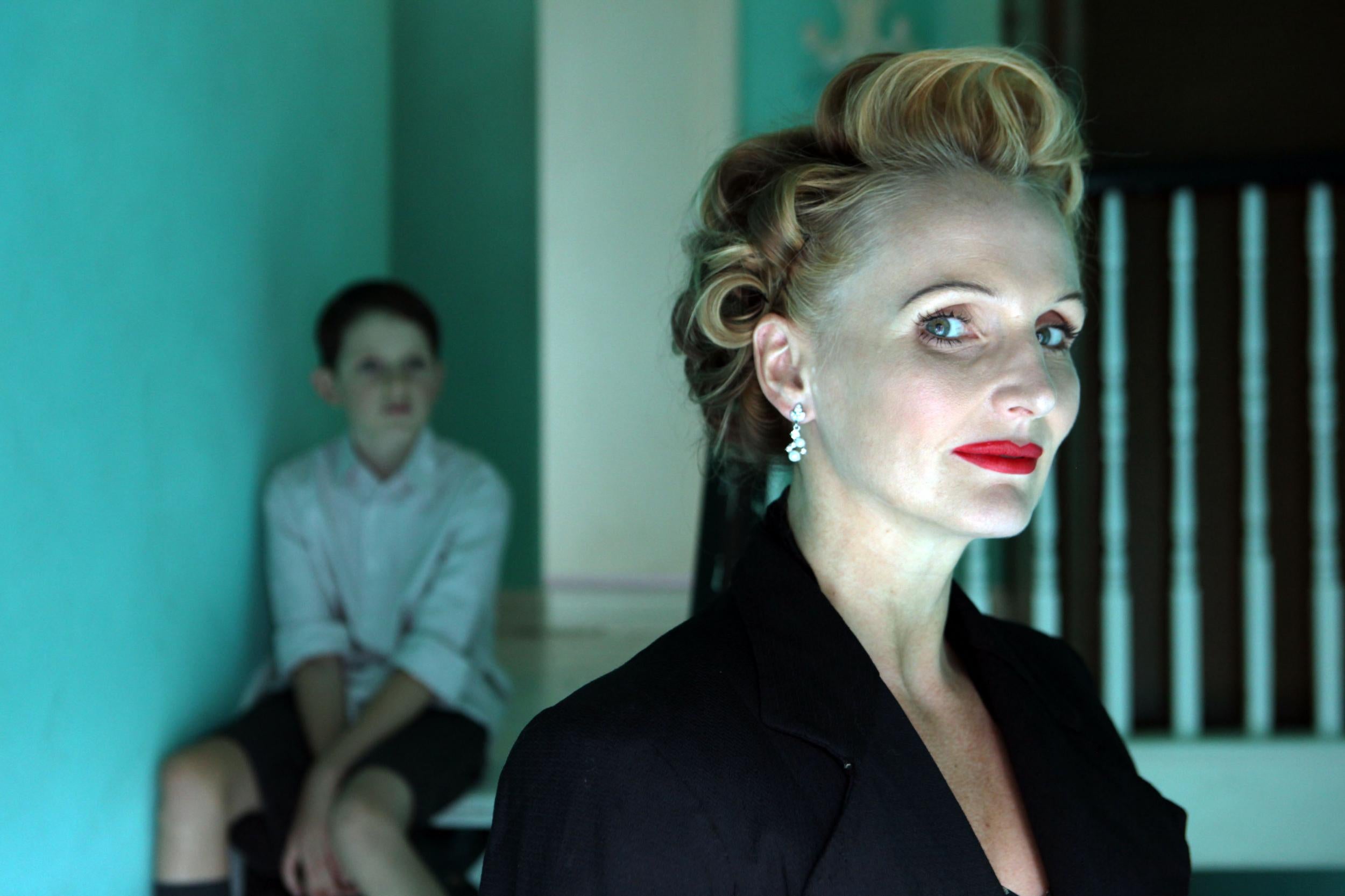TV Review, The Ruth Ellis Files: A Very British Crime Story (BBC4)
Plus: 100 Years Younger in 21 Days (ITV)

Your support helps us to tell the story
From reproductive rights to climate change to Big Tech, The Independent is on the ground when the story is developing. Whether it's investigating the financials of Elon Musk's pro-Trump PAC or producing our latest documentary, 'The A Word', which shines a light on the American women fighting for reproductive rights, we know how important it is to parse out the facts from the messaging.
At such a critical moment in US history, we need reporters on the ground. Your donation allows us to keep sending journalists to speak to both sides of the story.
The Independent is trusted by Americans across the entire political spectrum. And unlike many other quality news outlets, we choose not to lock Americans out of our reporting and analysis with paywalls. We believe quality journalism should be available to everyone, paid for by those who can afford it.
Your support makes all the difference.You would think that, after more than 60 years, countless books, TV documentaries, memoirs and a feature film, there isn’t much more to say about the case of Ruth Ellis. For the last woman to be hanged in Britain, there was in 1955, as there is today, no doubt that it was she who pumped four bullets into the body of her lover, David Blakely, a 29-year old amateur racing driver and scion of minor Bucks gentry. Ellis confessed to her crime, and “she did it” – and, it has to be admitted, with a necessary degree of pre-meditation and preparation. She had to get herself and her Smith and Wesson pistol from her home to the north London pub where she committed the deed, on Easter Sunday 1955. Under the legal and social conventions of the time, there was never much doubt she’d be executed, albeit she was a mother and it appeared to be, in a phrase unknown to the English law, a “crime of passion”. An open and shut case.
Thanks goodness, then, for the persistence and forensic skills of Gillian Pachter, who, in this three-part nightly series reviewing the case in close detail, sheds what seems to be valuable new light on the case. This was much more than an exercise in applying 2018 morality and legal norms to a case from six decades ago. He made a plausible argument that Ellis shouldn’t have been hanged under the rules prevailing in 1955.
Interviewing retired detectives and lawyers, she demonstrated that, even by the standards of the mid-1950s, the police “investigation” was flawed and skimpy. Given the circumstances – that there was indeed no doubt about the facts of the case – maybe that was sort-of understandable, but it was as wrong then as it would be wrong now (indeed, to the degree that it simply couldn’t happen at all now). The detectives involved at the time displayed a remarkable lack of curiosity about evidence and potential witnesses, including Ellis’ 10-year-old son, and her friends who knew of her circumstances and relationships.
According to Pachter’s work, there was at least a possibility, if not more, that Ellis was accompanied on her mission to murder Blakely by another lover/protector of hers, a Desmond Cussen. He, circumstantial evidence suggested, may well have supplied her with the gun. Back in 1955, for some reason, the cops never been thought to find out the provenance of the murder weapon, beyond asking Ellis where she’d got it, which she evaded answering.
The Smith and Wesson was a common enough weapon in the years immediately after the Second World War, but Pachter found out from the manufacturers that it had been supplied to the British military in South Africa in 1940, and that Cussen had been stationed there with the RAF by 1942. Also, Cussen happened to use an old taxi cab for a car, and Pachter suggests too that the taxi ride she supposedly took to the Hampstead pub where she found Blakely outside wasn’t a normal ride but a chauffeured one by her friend – and, had things been properly looked at, possible co-conspirator – and one who had never been charged or even accused of anything. There is a suggestion that they had a gun each. Could it have been a “joint enterprise”; and could it have been that Ellis protected Cussen right to the end?
It was powerful stuff, and there was more. Even in 1955, I’d suspect also that a jury would have been moved by the evidence, which was plentiful, from physical examinations and witness testimony, that Blakely had beaten her and that their relationship had been characterised by cruelty. There’d been a miscarriage or abortion in the months before the murder.
Overlaying everything was a degree of prejudice about Ellis’ working class roots and her “platinum blonde” look prompted the police and medics to conclude that she was like some sort of figure out of a film noir – the “hard faced” femme fatale, Diana Dors with a shooter. Most poignant of all was the fate of Ellis’ son Andre, who died alone and undiscovered for weeks in a tiny flat back in 1982, aged 37 or so. He was as much victim as anyone.
Ellis herself, had she managed to avoid the noose, might even still be around today, aged 91 last October (Blakely would be 88 now). No good came of Ellis’ execution for anyone, except that even the limited controversy and disquiet it generated at the time hastened the demise of the death penalty itself around a decade later. That was at least something to show for Ruth’s short, hard life.

The impressive thing about the assorted over-50 celebs gathered together for ITV’s 100 Years Younger in 21 Days is that they’re actually doing remarkably well. I soon formed the impression (maybe being of a similar cohort) that they don’t really need to go to a “rejuvenation clinic” in Sardinia, except to get a bit of sun and have a bit of fun exploring the place with the best longevity on the planet). Take TV astrologer and panto star Russell Grant (67), for example. Russell was continually hustling for pecorino, like some sort of junkie. This was because – and this I was grateful to learn – cheese is the most addictive food known because of a protein called casein. He was told to lay off it, which he agreed to do readily, but he also told us about a previous addiction – knocking back a bottle of gin and bottle of vermouth each a day when he was in his 20s. Yet, even after all that, he was happy and content and had a young mind and youthful outlook.

Watch Apple TV+ free for 7 days
New subscribers only. £8.99/mo. after free trial. Plan auto-renews until cancelled

Watch Apple TV+ free for 7 days
New subscribers only. £8.99/mo. after free trial. Plan auto-renews until cancelled
Or take June Brown (90, aka Dot Cotton) smoking her way through the health treatments and mindfulness sessions. Or Shaun Ryder (55, ex-Happy Mondays): he once had a heroin habit. Yet all of them were still pretty alert and sprightly and their various (declared) vices don’t seem to have done them that much, if any, damage. They didn’t really look that decrepit, despite what the voiceover was telling us.
The real secret of human ageing is that elixir of life doesn’t exist, and getting old is actually pretty cool when you consider the alternative. So cheers to that.
Join our commenting forum
Join thought-provoking conversations, follow other Independent readers and see their replies
Comments